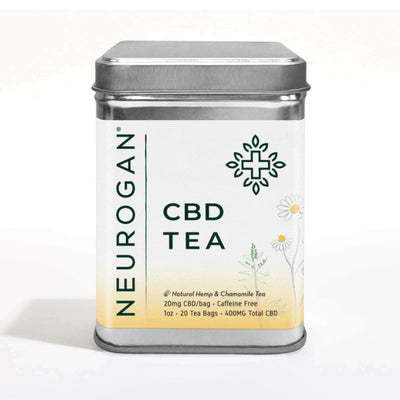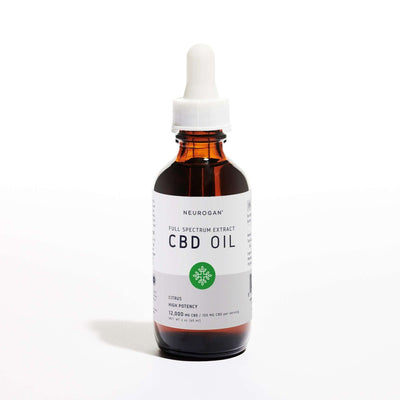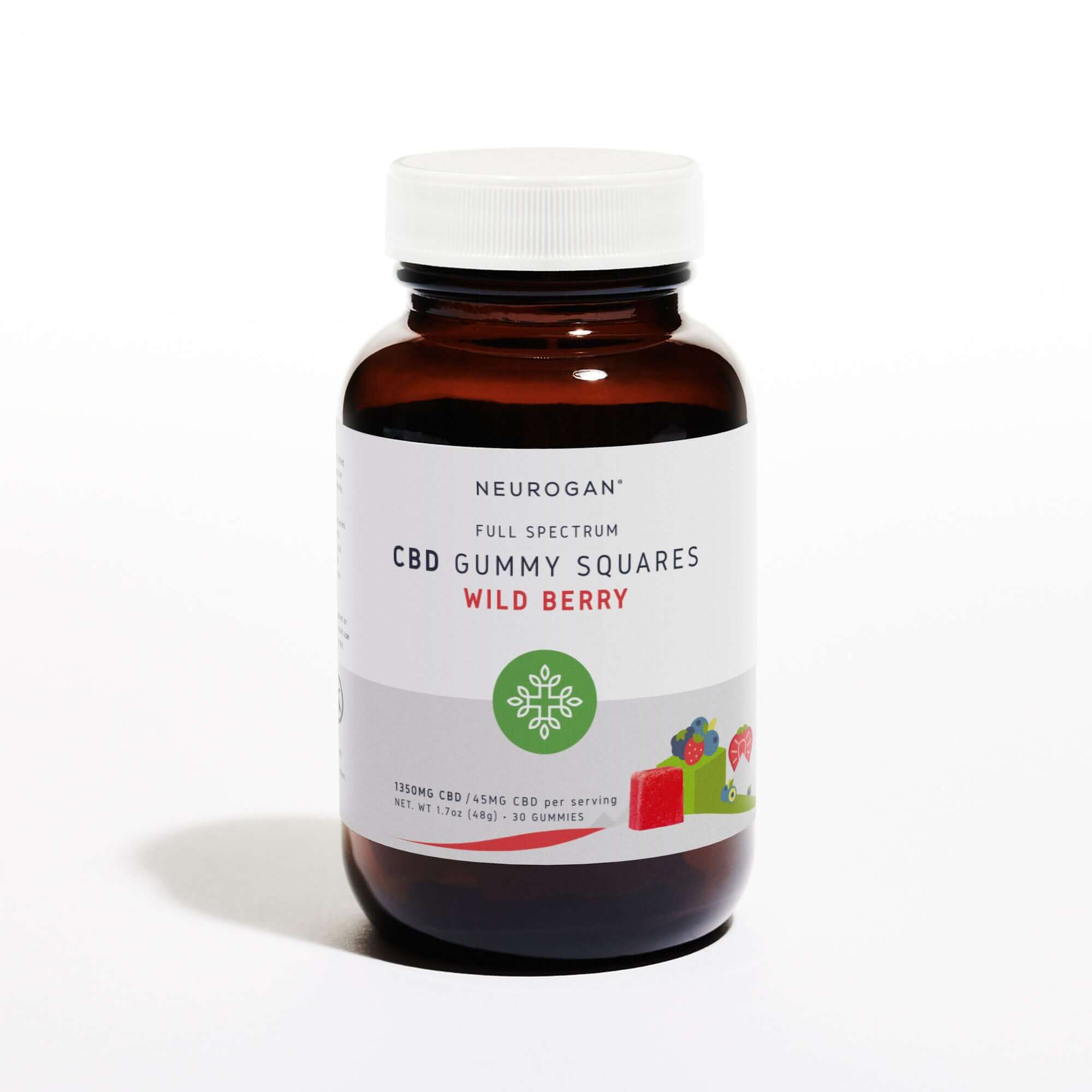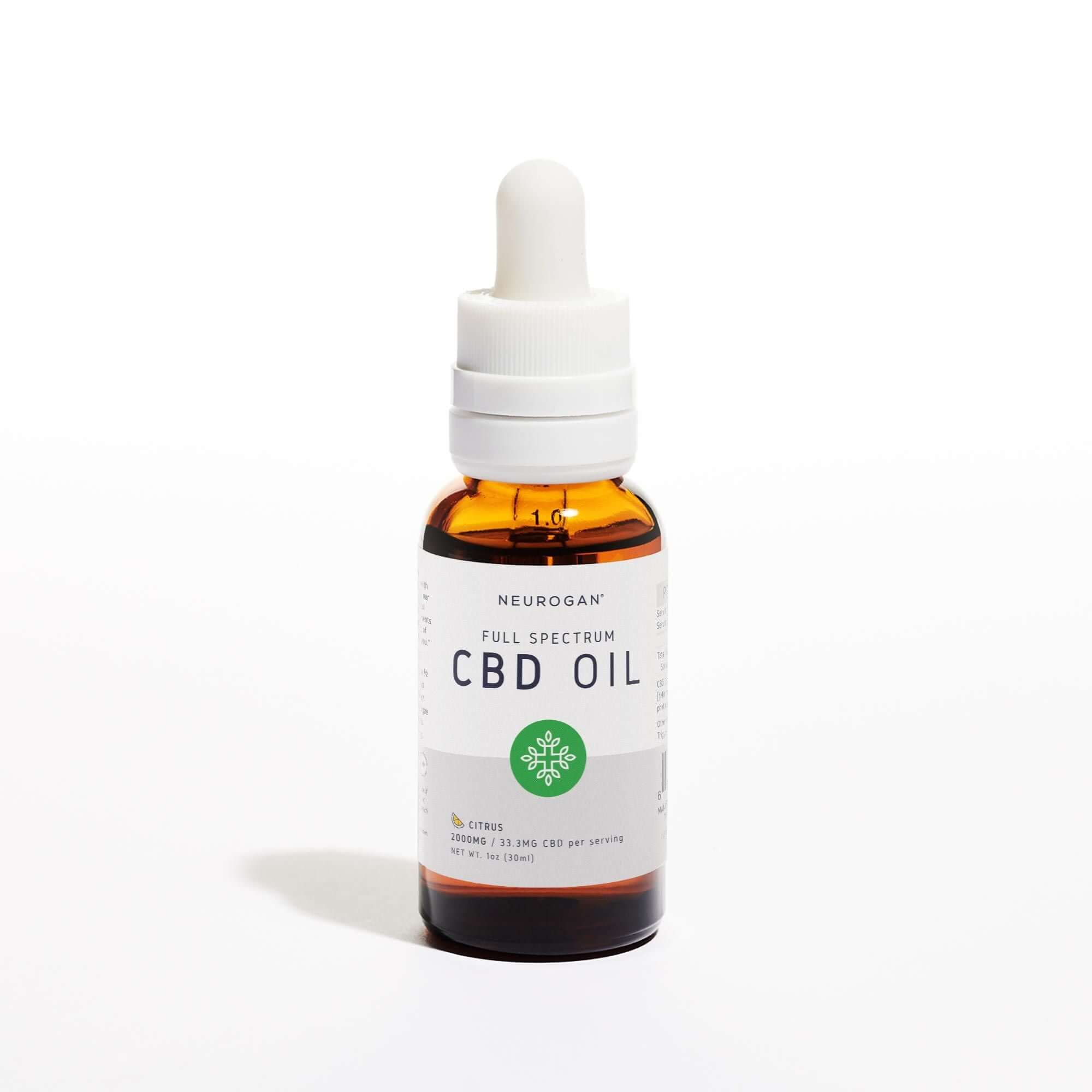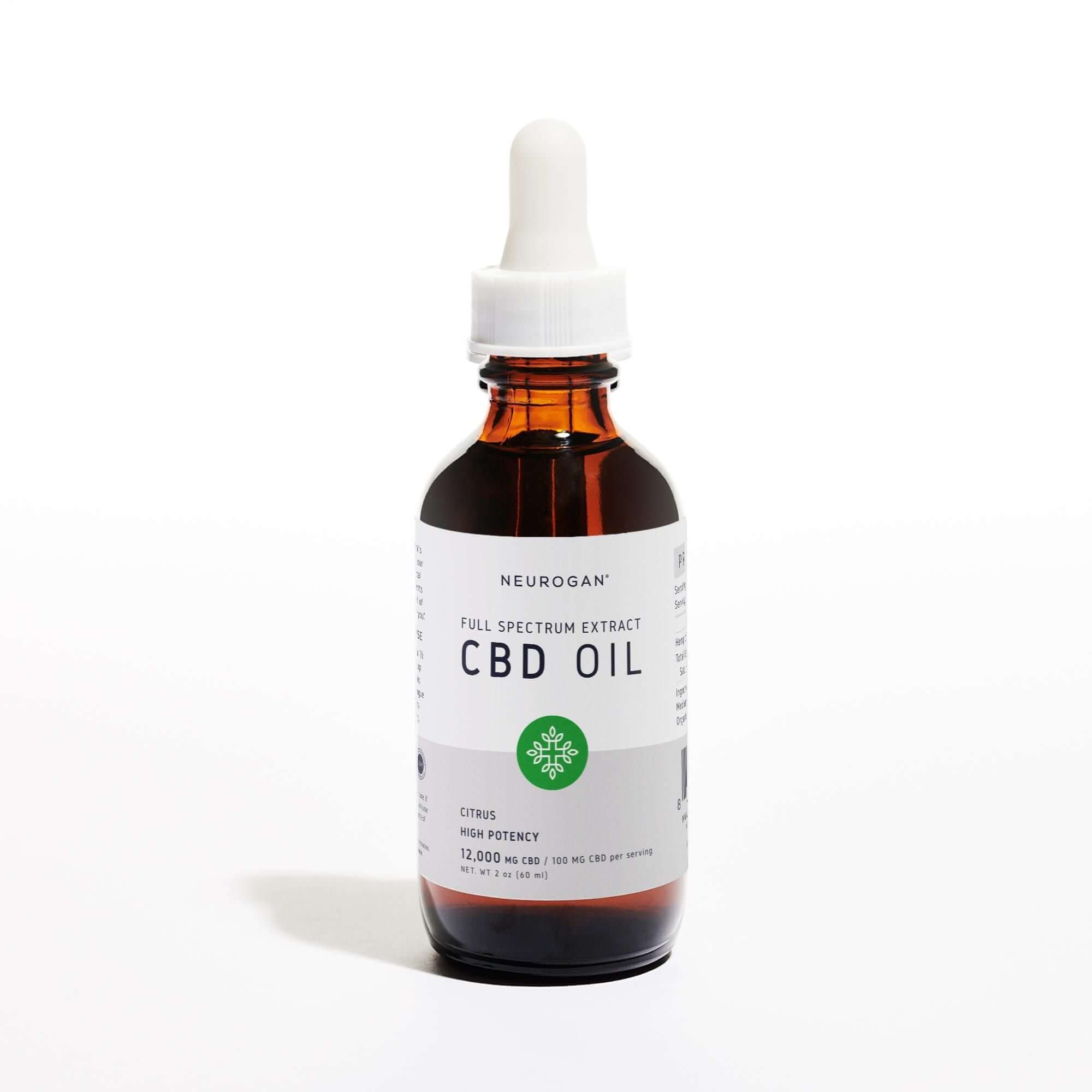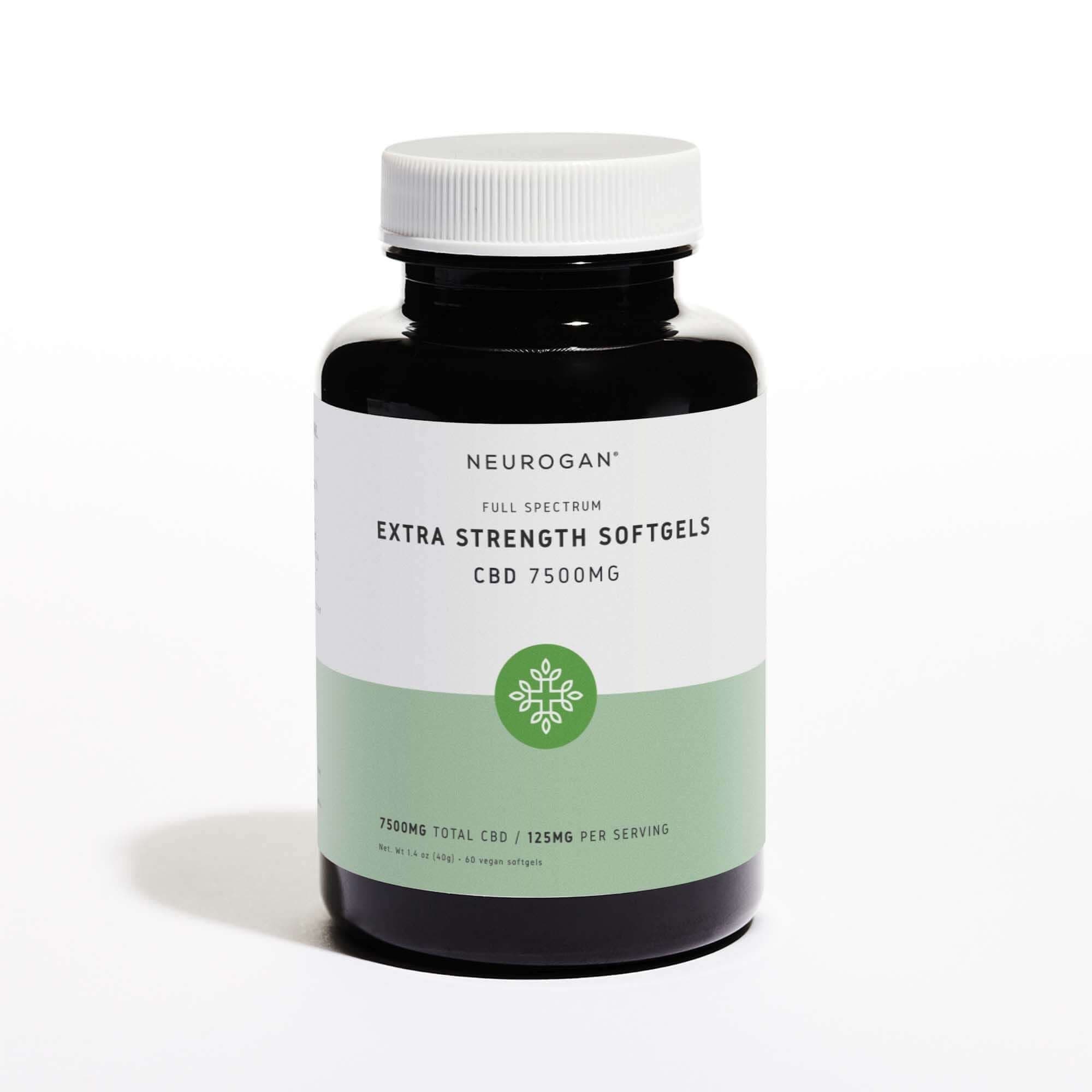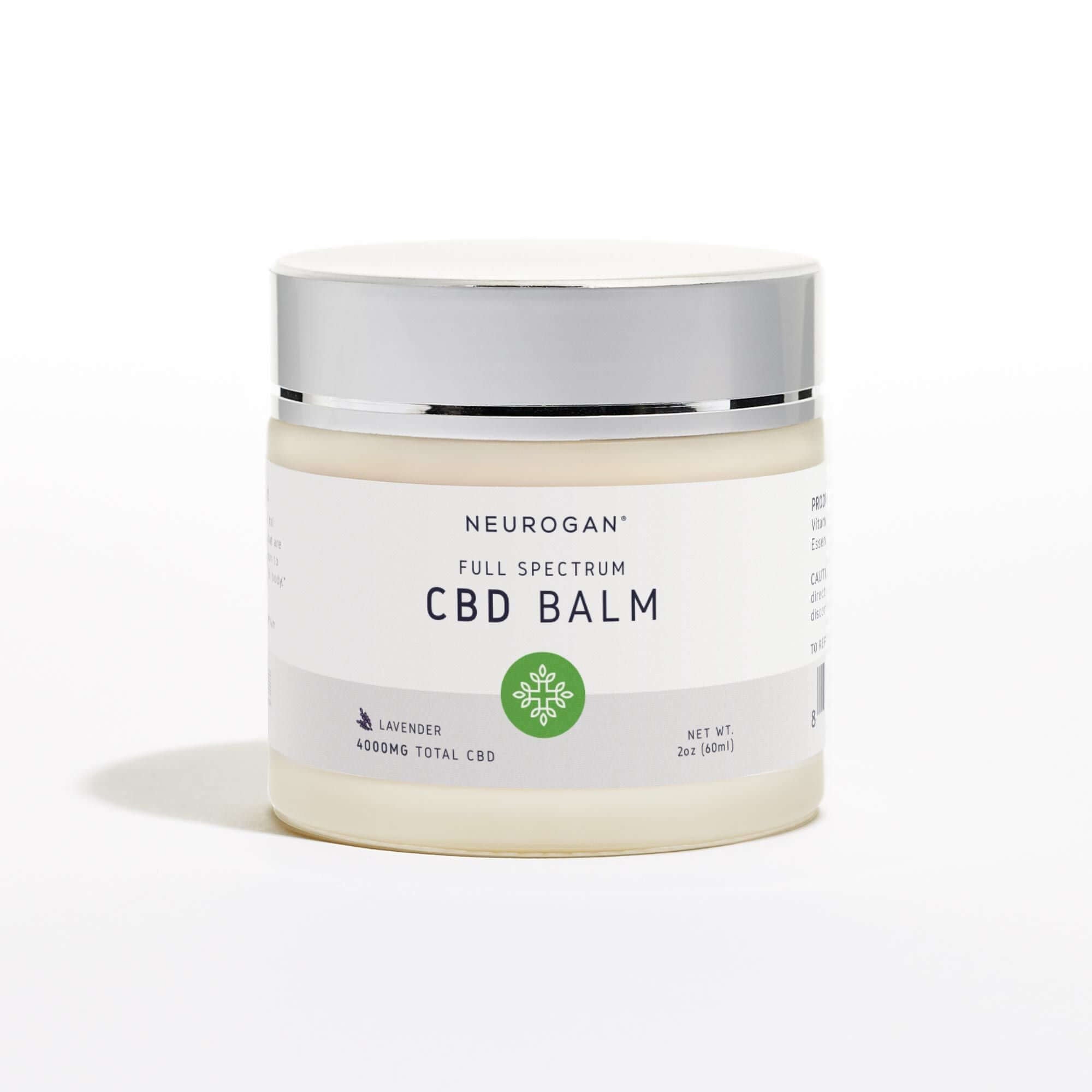Some of the earliest evidence of Cannabis Sativa L. dates back 28 million years ago, with archeological findings of hemp pollen fossils along the Tibetan Plateau of Central Asia. The plant’s seeds and versatile potential followed the migrations of nomadic people, enabling its global expansion for medicinal, spiritual, and industrial purposes. Through time, cannabis has evolved into a vital crop for numerous cultures worldwide, including the Vikings.
Neurogan's strong connection to cannabis is deeply rooted, and we hold a special appreciation for its presence during the Viking age. Our rich Scandinavian heritage and passion for hemp cultivation drives our excitement to share our story with you. Join us as we delve into the history of CBD during the Viking era, its impact on Scandinavian traditions, and how the history of CBD oil ultimately led to the creation of Neurogan.
The Arrival of Hemp in Scandinavia

Cannabis seeds were likely introduced to Scandinavia through a combination of trade, travel, and the sharing of knowledge between neighboring societies.
During the Viking Age, which lasted from the late 8th to the early 11th century, the Vikings' seafaring culture enabled them to engage in travel and trade relationships with various other countries. By this era, cannabis plants were already widely recognized in Europe and Asia as one of the most important raw materials for textile and medical purposes.
It's believed that the Vikings learned about the usefulness of cannabis, or hemp, from other cultures and brought the plant back to Scandinavia for cultivation.
Growing Hemp

The conditions in Scandinavia during the Viking age were not always ideal for growing agricultural crops, as the climate was harsh and the soil was often poor. Despite these challenges, the Vikings were able to grow cannabis plants by adapting to the local conditions.
Presumably, the Vikings carefully chose the most suitable land to throw hemp seeds, favoring areas close to rivers and lakes where the soil was rich in nutrients. To cultivate their crops, they relied on manual labor and draft animals, utilizing various tools to aid in the process.
The Vikings may have used their advanced knowledge of animal husbandry to further enrich the soil. It's believed that they utilized manure from their livestock to fertilize their fields, which helped to improve the soil and increase crop yields. In addition, they probably employed crop rotation techniques to maintain soil fertility and prevent depletion.
Farming Practices the Vikings May Have Used in the Early History of CBD:
-
Crop rotation: This is a common traditional farming technique that involves alternating between different crops in a specific area to maintain soil fertility and prevent disease and pest buildup.
-
Use of animal labor: The Vikings may have used livestock, such as oxen, to plow and prepare the fields for planting.
-
Natural fertilizers: Instead of using synthetic fertilizers, the Vikings may have relied on natural sources of nutrients, such as compost and animal waste, to enrich the soil.
-
Traditional seed-saving techniques: The Vikings may have saved seeds from their previous harvests to use for planting the following season, preserving the quality of their crops.
Scandinavia has a rich history of CBD. Vikings’ harvest included hemp, the strain of cannabis that contains very low levels of THC and high levels of CBD. While they may not have understood the difference between hemp and other strains of cannabis, they seemed to have recognized its potential health benefits.
Vikings' Usage of Hemp

Cannabis, or hemp, was an essential crop for the Vikings, and their use of it for various purposes is a testament to their ingenuity and resourcefulness.
Hemp Sails, Ropes, and Nets
The history of CBD in Scandinavia is strongly associated with the use of hemp for textile production. Vikings used a process called retting to separate the fibers from the hemp plant. This involved soaking the plant in water for several days, which allowed the fibers to separate from the rest of the plant. Once the fibers were separated, they were spun into thread or yarn, which could then be woven into fabric or used to make ropes and nets. The resulting fabric was durable and strong, making it ideal for the harsh conditions that the Vikings faced during their travels and expeditions.
Hemp Paper
In addition to these methods, one of the original uses of CBD was for paper production. The Vikings would crush the fibers of the hemp plant to make a pulp, which was then pressed and dried to create paper. This paper was used for writing, drawing, and making maps, all of which were important for the seafaring culture of the Vikings.
Cannabis Oil in Daily Life

CBD oil’s history during the Viking age can be traced back to its usage in various ways during daily life.
Cannabis oil, which is rich in essential fatty acids, was likely used as a cooking oil and added to foods such as stews and porridges. Due to these emollient properties, cannabis oil may have also been used as a lotion for skincare particularly useful the cold and dry conditions of the region.
Hemp-derived CBD oil is a versatile resource that extends beyond culinary and skincare uses. The Vikings may have used it as lamp oil, as it burned cleanly and provided a bright light, making it a practical option for lighting in their homes and other dwellings.
Moreover, cannabis extracts were presumably used as medicine for treating various ailments. This early use of cannabis oil for its medicinal properties is integral to the history and origin of CBD oil.
Cannabis Leaves and Flowers for Medicinal Purposes
The medicinal use of the cannabis plant by the Vikings extended beyond its oil, as they also utilized the flowers and leaves. One possible method of using cannabis flowers and leaves was through inhalation, either by smoking or through the use of steam baths. Hemp was believed to have properties that could help alleviate respiratory conditions, such as coughs and colds.
Hemp also may have been used topically, either by applying crushed leaves directly to the skin or through the use of poultices. It was believed that hemp had anti-inflammatory and analgesic properties that could help alleviate pain and swelling.
The leaves and flowers were also utilized to brew tea, potentially for the purpose of reducing inflammation, alleviating pain, encouraging vitality, and supporting a strong recovery from various ailments. This Scandinavian tradition of drinking hemp tea for health was practiced by the grandma of Neurogan's founder, Jan Brandrup, and was the spark for creating the company.
The History of Cannabis' Psychoactive Purposes
In the Viking society, plants with psychoactive properties were not widely used and were typically reserved for shamanic rituals and religious ceremonies.
For those willing to explore the spiritual value of cannabis, many deep benefits awaited. It was believed in history that CBD oil could provide a deeper connection to the spiritual world and offer profound benefits such as heightened intuition, creativity, and an enhanced sense of well-being. This belief in the spiritual properties of cannabis was shared by many cultures throughout the world, including Ancient Egypt, and the Vikings were no exception.
Cannabis Mythology
There are several references to hemp in Norse mythology and folklore.
One of the most well-known, historical references to CBD in Norse mythology is the story of Odin, the god of wisdom, poetry, and war. According to legend, Odin hung himself upside down from the World Tree for nine days and nights in order to gain wisdom and knowledge of the runes. During this time, he subsisted on only mead and cannabis.
Neurogan's Story

Let's go back to the history of CBD tea in Scandinavia.
A young Jan Brandrup had come into the house short of breath, after running along the rolling grass hills of Denmark. He peeked through the hallway that led to his family's kitchen, where his grandmother sat on a chair enjoying a warm brew of tea. His eyes scanned over fresh trimmings of cannabis leaves and flowers scattered over the wooden cutting board and a rich, earthy smell filled the room.
The impact of this memory never left him and resurfaced later in life, inspiring the creation of Neurogan. Jan's goal was to make medicinal plants more accessible to those seeking natural health remedies.
Enjoy Neurogan’s CBD Chamomile Tea
Deep Wisdom into Scientific Knowing
Although CBD was discovered centuries after the Viking era, it's likely that the Vikings had no scientific knowledge of the compound. Nevertheless, the Vikings recognized the therapeutic effects of CBD and utilized it for medicinal purposes, displaying a deep wisdom that honored the healing properties of natural remedies.
CBD oil’s history in the Viking Age and the First Golden Age of Medical Cannabis share a common theme in the recognition of the plant's medicinal properties. In the latter era, from the mid-19th to early 20th century, cannabis was recognized as a powerful medicine and added to the U.S. Pharmacopoeia (1850).
During both of these eras in CBD’s history, there was a strong emphasis on the use of natural remedies and a respect for the healing properties of plants. Unfortunately, the use of cannabis was eventually stigmatized and criminalized in the 20th century, leading to a long period of prohibition and limited research. It wasn't until recent decades that the medical potential of cannabis was once again recognized, leading to a renewed interest in its therapeutic properties and a growing movement toward legalization.
Today, there is a renewed interest in the use of cannabis for medicinal purposes, with ongoing research into the potential benefits of cannabinoids like CBD and THC. While the use of cannabis for medical purposes has a long history, CBD’s full potential is still being explored, and it is possible that we are entering a new Golden Age of medical cannabis.
Learn The Real Benefits of CBD
Takeaway

The use of hemp and the history of CBD oil in the Viking era has directly influenced Neurogan's creations. Our passion for hemp cultivation and our Scandinavian heritage have inspired us to joureny deeper into the history of CBD and its plant origin for its impact on the traditions of the region. By understanding the importance of this plant in our cultural heritage, we are able to create high-quality CBD products online that are rooted in our history and reflect our values. So, as we continue to explore the potential benefits of CBD, we are grateful for the cultural and historical roots that have led us to where we are today.
FAQ
How much history does CBD have?
CBD has a long historical usage that dates back to ancient civilizations such as China and Egypt, as well as the Viking Age.
What is the history of CBD?
CBD has been used for potential health benefits for thousands of years, including anxiety, inflammation, and pain relief. During the Viking Age, it was used to alleviate pain and anxiety.
What are the potential health benefits of CBD?
CBD has been researched for its possible therapeutic benefits, which may include reducing anxiety, inflammation, pain, seizures, and sleep disorders. It may also have neuroprotective properties.
Can CBD make you high?
CBD does not have psychoactive effects, and it is not capable of causing a “high.” Nonetheless, some CBD products may have trace amounts of THC, which can cause a high when consumed in large amounts.





